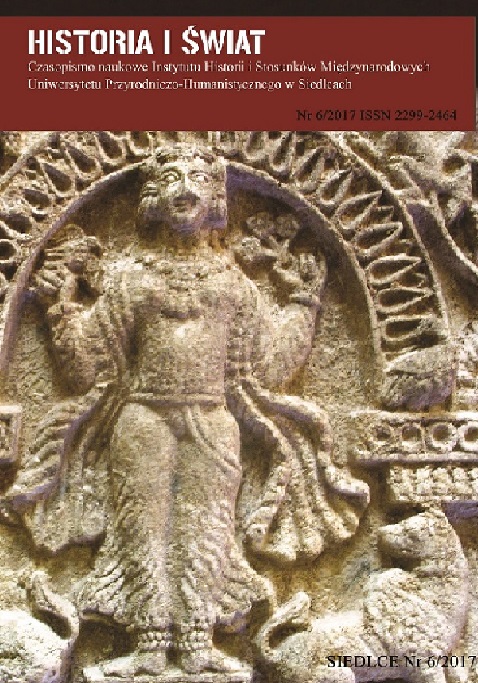The effect of water bodies and water courses on WWII warfare in the Black Sea area between 1941 and 1942
DOI:
https://doi.org/10.34739/his.2017.06.14Słowa kluczowe:
Black Sea, Barbarossa, military operations, bodies of water, water coursesAbstrakt
The subject of the analysis is German and Soviet military operations in the southern sector of the eastern front, with a particular emphasis on the role of rivers and the Black Sea, during these operations. The time frame of the paper includes the beginning of Operation Barbarossa, in June 1941, until the capture of the Crimean peninsula by the Wehrmacht, in July 1942. The article begins with an attempt of defining concepts relevant for further study of the issues mentioned in the title. The role of the Black Sea and its watercourses is discussed and the fact that they played a very important role as defensive lines of the Red Army. The German army showed its huge military potential when crossing rivers. Military operations performed at the Black Sea became an integral element of the fights in the southern sector of the eastern front. The means of warfare involved as well as human and material losses may indicate a ruthlessness of the fighting and importance of the Black Sea theatre of war. Efforts and dedication of the both warring sides in the area of the Black Sea made history.
Pobrania
Pobrania
Opublikowane
Numer
Dział
Licencja
Prawa autorskie (c) 2017 Historia i Świat

Utwór dostępny jest na licencji Creative Commons Uznanie autorstwa – Bez utworów zależnych 4.0 Międzynarodowe.




